This isn’t the first time we’ve discussed making observations and participating in citizen scientist projects. Check out our first phenology post! And if you know a little bug lover, then this post is for you. And definitely this one.
Are you using iNaturalist yet? We’ve mentioned the app a few times in other posts, but thought that a formal introduction was in order.
iNaturalist provides both app and website forums for sharing your wildlife observations. These observations can be seen by other wildlife enthusiasts, naturalists, and scientists. Basically, it’s creating an amazing forum for collecting data about wildlife across the world, and the best part is that you don’t have to be an expert to contribute data. This is citizen science at its finest!
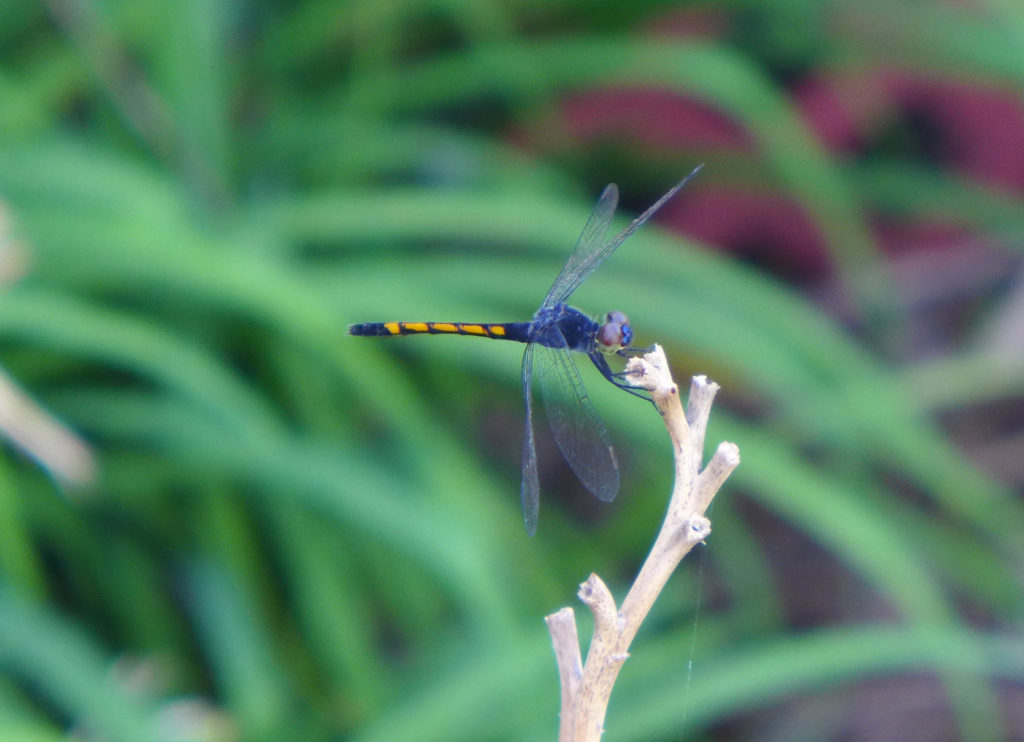
Having many observations across a wide geographic area and over a number of years help scientists track data about the location, movement, and timing of biological activity. For example: is the range of a species changing? are they migrating earlier or later in the season? is the timing of plant budding out/flowering/fruiting changing? Simple observations across a large group of people help to collect the data that will answer these questions.
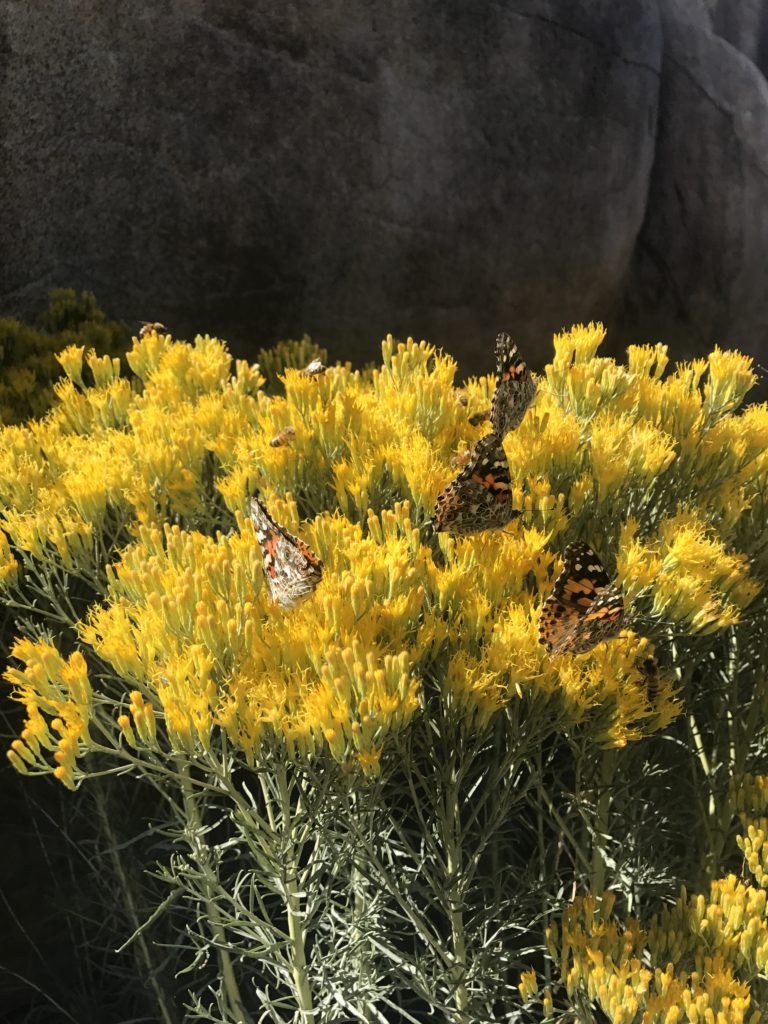
How it works:
- join : you create an account
- observe : take photos of the wildlife around you. It may be the insects in your flower garden, the birds at your bird feeder, the fox on your hike. You get the idea.
- share : post your observations on your iNaturalist account. While posting, you can (and should) include as much information as you have. For example, if you know the species, include that info. If you only know that it’s a butterfly, well just note that it’s in the order Lepidoptera. If you saw many individuals, funny behaviors, etc., you can add that to the notes.
- explore : within iNaturalist, you can use the “explore” tab to look at a map of all observations by users. You can then click on those dots on the map to see what people are finding in your area (or anywhere!).
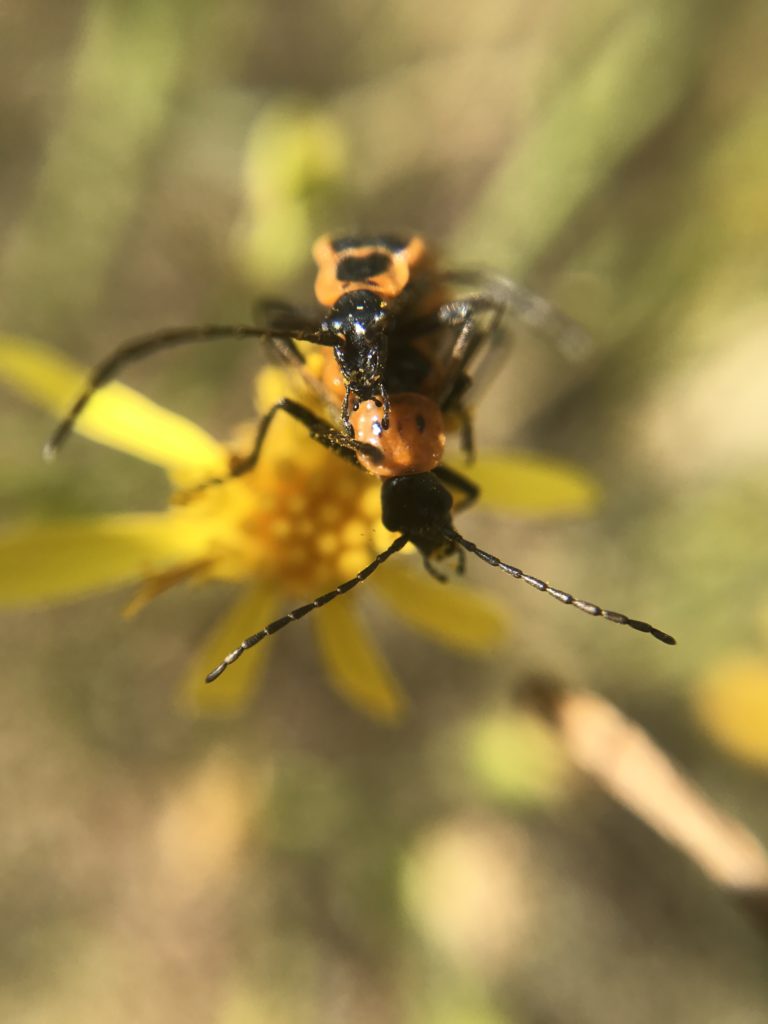
Then what?
- ID confirmation : Once your observations are uploaded. Other users will see them. They may add identifications to your observations. If it’s a common plant or animal, IDing may happen rather quickly (you may upload it with the proper ID and then someone else confirms your ID). This is great because multiple IDs helps to create a “research grade” identification, basically, consensus among the members.
- project participation : your observations may be added to “projects”. Projects within iNaturalist are created by uses and based upon some key criteria. Some projects are based upon geography (for example, grouping together all of the animal sightings within a specific region). Others focus on specific creatures (for example, a project that groups together all moth observations). You can also search for projects that interest and join; this makes it easier to add your observations to that project and to see what other projects members are finding.
- new species identification : Imagine that a scientists scrolling through the observations sees your photo and realizes that you’ve just uploaded a picture of a previously unidentified species! Think I’m kidding? It’s happened multiple times before!
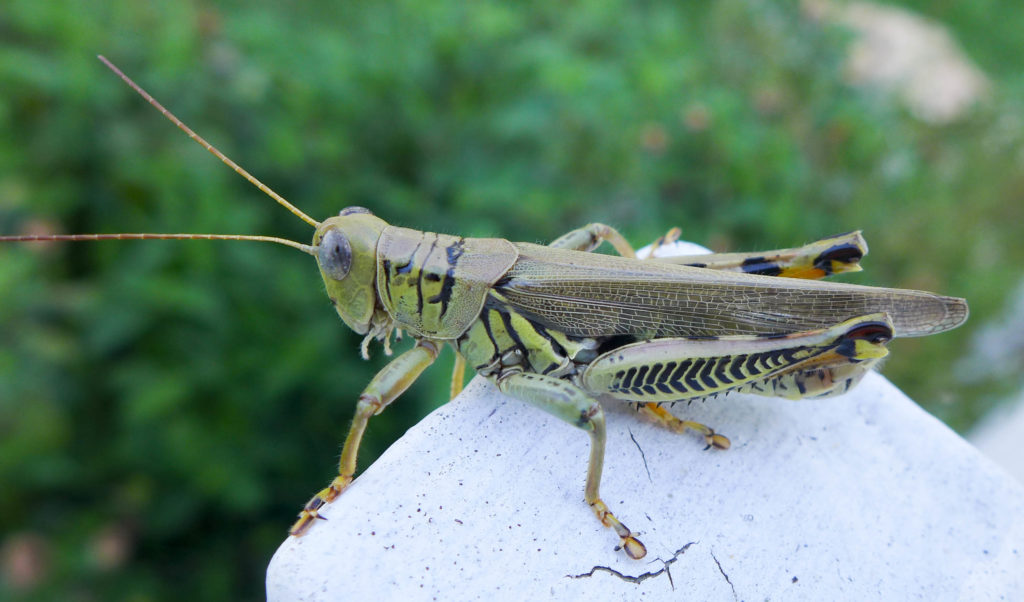
Why participate?
- Time spent in nature is good for you. Really. It’s good for your body, your brain, your spirit. Do we sound like a broken record yet?
- You’re contributing data to science! You don’t have to do anything tricky – just take a pic, upload it, and see what happens.
- You’ll learn something new! I don’t always know the IDs of animals I’m posting, but that’s why the feedback from the community is so meaningful to me.
- You may find a new community of like-minded folks*. Look for “projects” specific to your area and join them. Look for iNaturalist-related events in your area (this is most common through local parks departments, state parks, and nature centers, etc.).
- Lead by example. What better way to get your kids outside? And kids love looking at bugs. Help them to make more careful observations and then bring them back inside to look through the field guides. Making good observations, knowing where to find information, and communication are all crucial skills for good citizens.
*If you’re in the Boulder, CO area, we participate in the Boulder County Wildlife Project . Check it out!
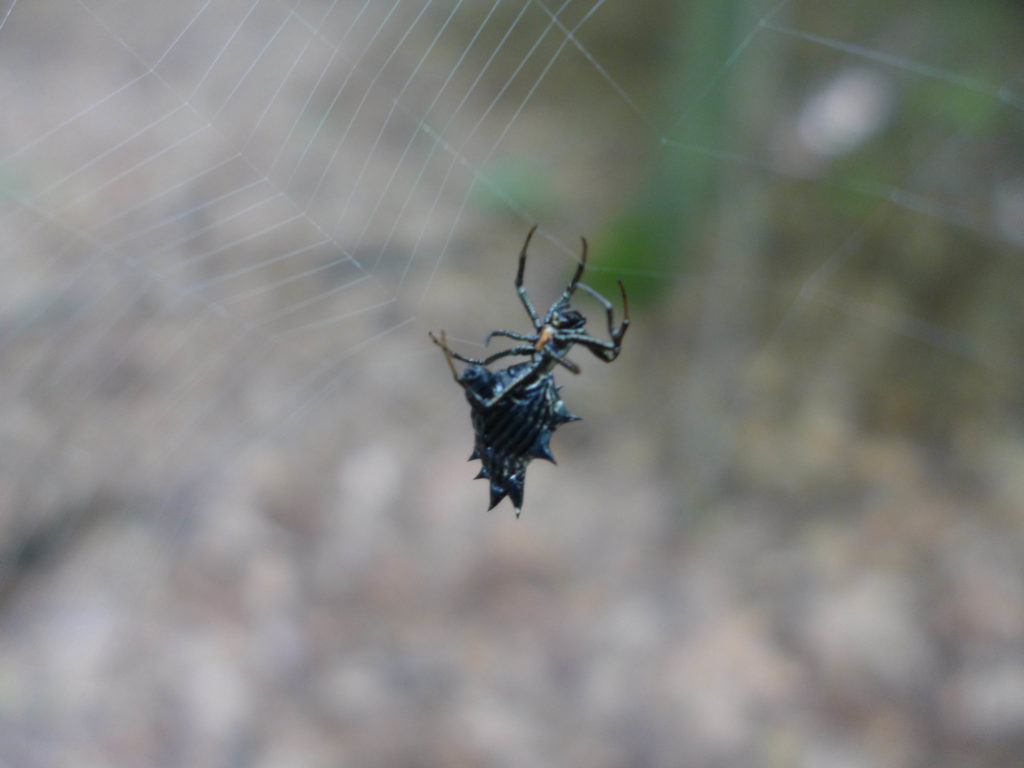
User Tips
- You don’t have to share your observations right away. I take photos with my phone, and then when I have the time I’ll upload a few observations in one sitting. You phone attaches date info to each photo, and that will automatically get filled in when you upload to iNaturalist (so you don’t even have to worry about remembering when you made the observation!).
- species ID : don’t be nervous about having to correctly identify your finds. Taking a good picture goes a long way towards letting others help you with IDs. The phone app has a new feature that allows it to use photo recognition to suggest IDs, and this is more precise the better your photo. If you have no clue, I still recommend trying to attach some sort of ID information to your photo. For example, at a minimum place animals into their order, class, or family. If you can differentiate a spider from a fly or a fox from a bear, you can do this.
